So I’m led to believe BBC TV is not releasing any Christmas special of Dr Who this year, a disappointment for some I am sure. No blue boxes, or sonic screw-drivers, but closer to home, we can experience time travel of another sort, and we’re not talking about the man with the big red suit!
Time tunnel
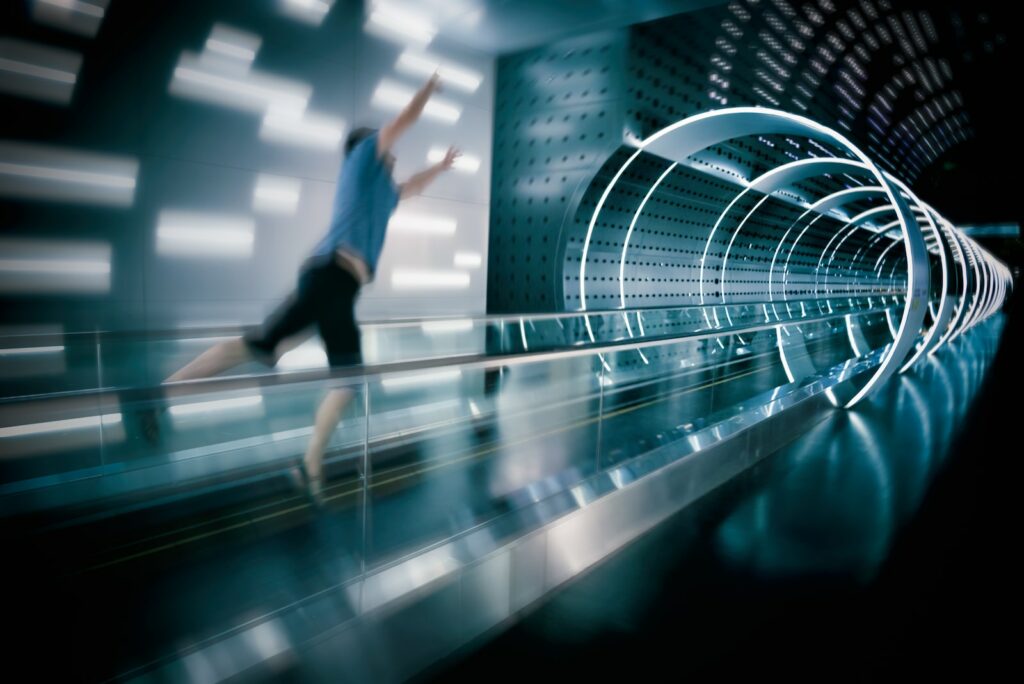
Instead as we travel through our tunnel of time, we will see around 3x10e+6 hours (that’s 350 years to you and I) all super-condensed into under 5 minutes if reading this.
Alternatively 6 hours depending on your mode of transport. (Oddly enough near the same travel time as from Coleraine to Killarney, but more about that later.)
Act One – scene one

Lights, camera, action…
The stage now set as we travel back in time to the 13th century AD. Our journey starts from Coleraine, Northern Ireland to Collairnie, Fife, Scotland.
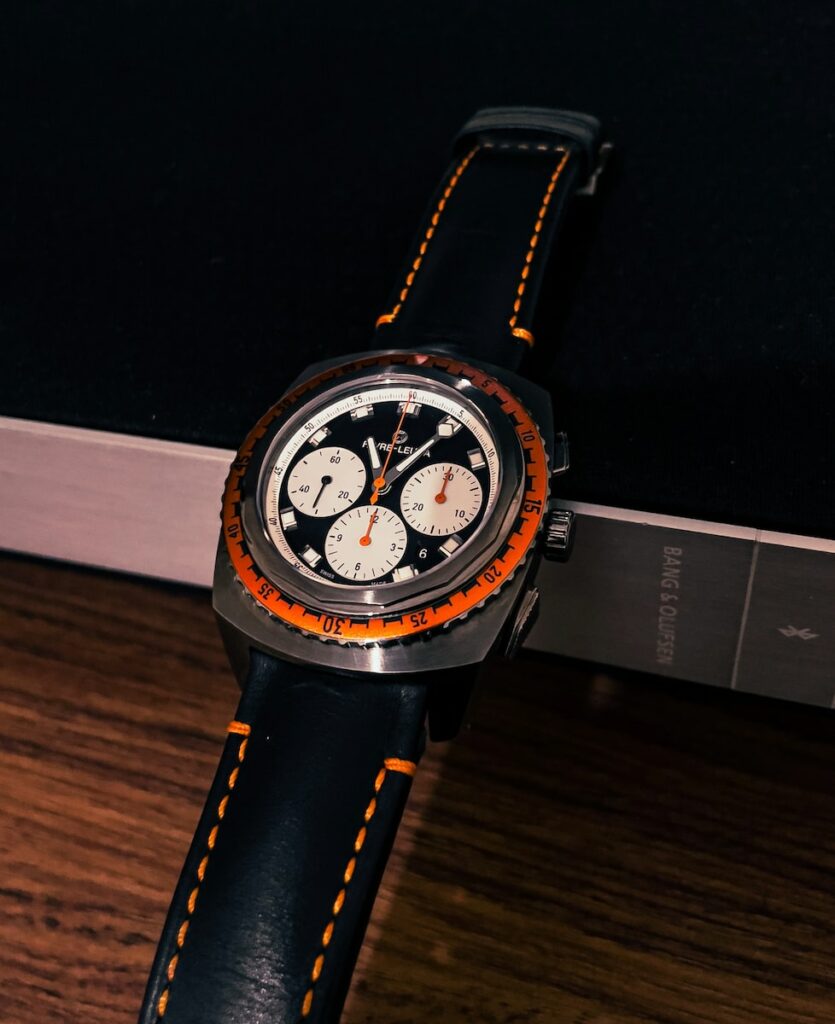
Our trusty chronometer looks to a period in time toward the end of the reign of John first lord of Ireland and William the Lion, King of Scots. Centre stage is Alan of Galloway who took part in the English colonisation of Ulster.
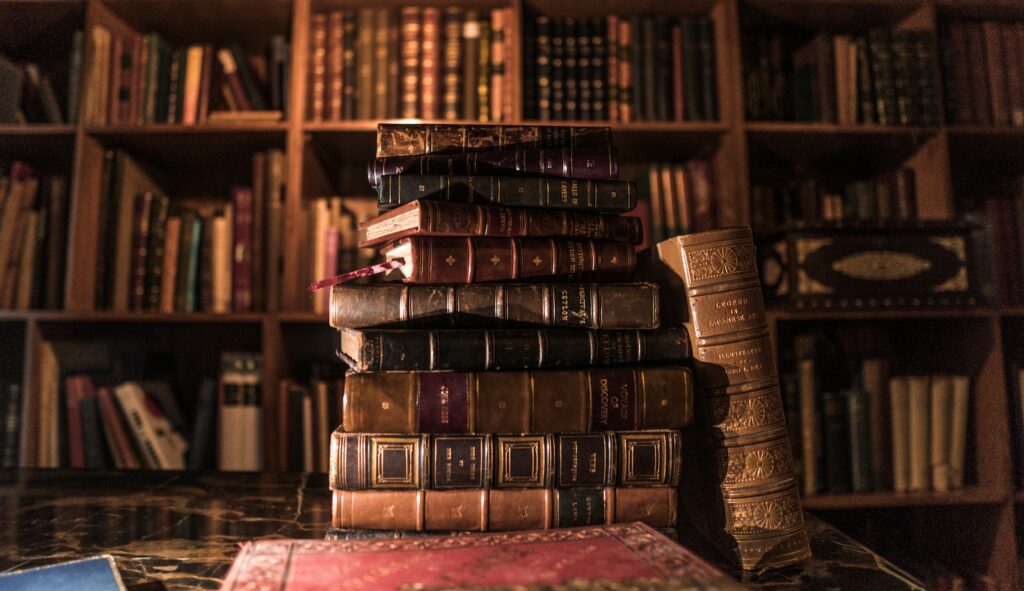
According to the annals of Ulster, Alan’s brother Thomas, Earl of Atholl, had Coleraine* castle built in 1214, the castle was destroyed by Aed Meith around 1223/4 and reconstructed (possibly by Thomas) around 1228.
[ *Coleraine had been known as O’Cahan’s country (name changed to Coleraine ~1585/6 before later changing to Londonderry ~ 1613). Strictly speaking Coleraine castle was likely known as O’Cahans castle or at least one of their strongholds. ]
Act one – scene two
Travelling forward in time (no theory of relativity here, just relatives!) –
Alan’s daughter Lady Devorguilla (1210-1290) was married to John de Balliol, Lord of Barnard Castle and mother to King John Balliol of Scotland.
It is said Lady Devorguilla founded Greyfriars monastery in Dundee.
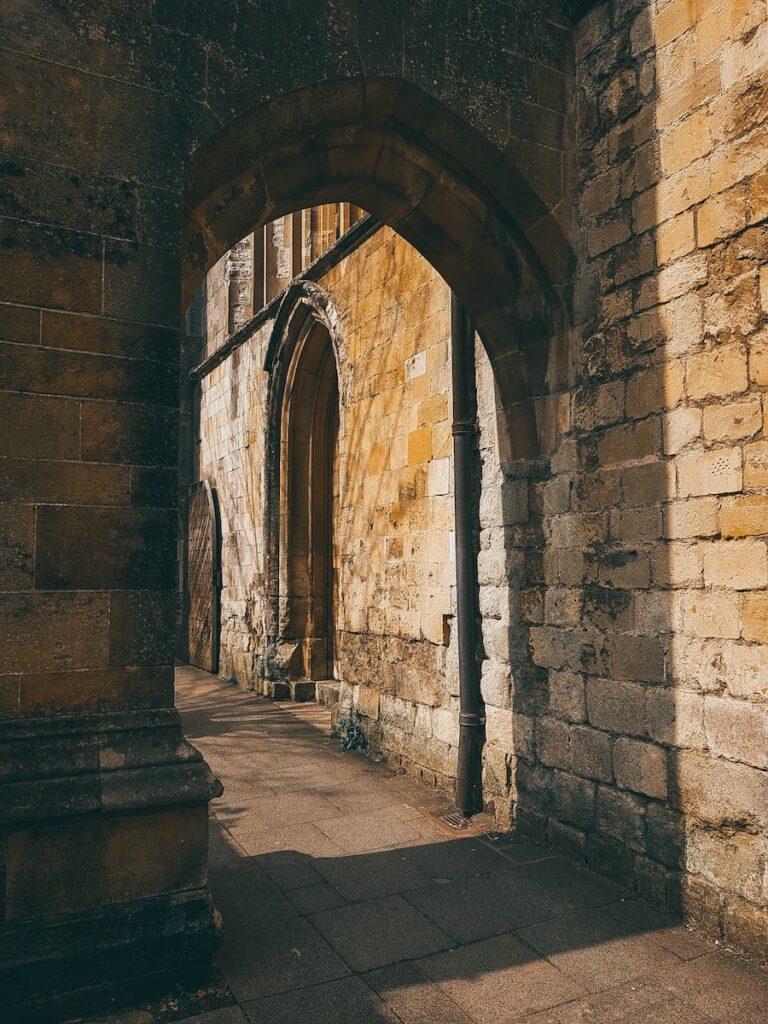
Act one – scene three
Fast forward some 300 years and around 10 monarchs later, Mary Queen of Scots (1542-1587) would then give the ground of the, by then former, monastery, to the burgh of Dundee for the purposes of burying the dead (the area now known locally as “The Howff”).
Act one – scene four
Towards the end of the 16th century Mary is said to have visited Collairnie castle in Fife to visit one of her ardent supporters – David Barclay who oft signed his name simply as “Cullerny”.
Curiously enough the place-name of “Collairnie” is thought to derive from Col + Airne meaning “back of the sloes” same as Killarney in Ireland, although other references suggest the name of Collairnie has evolved from Col+Carny (Hill of Carny) to Collairnie.
Act Two – scene one
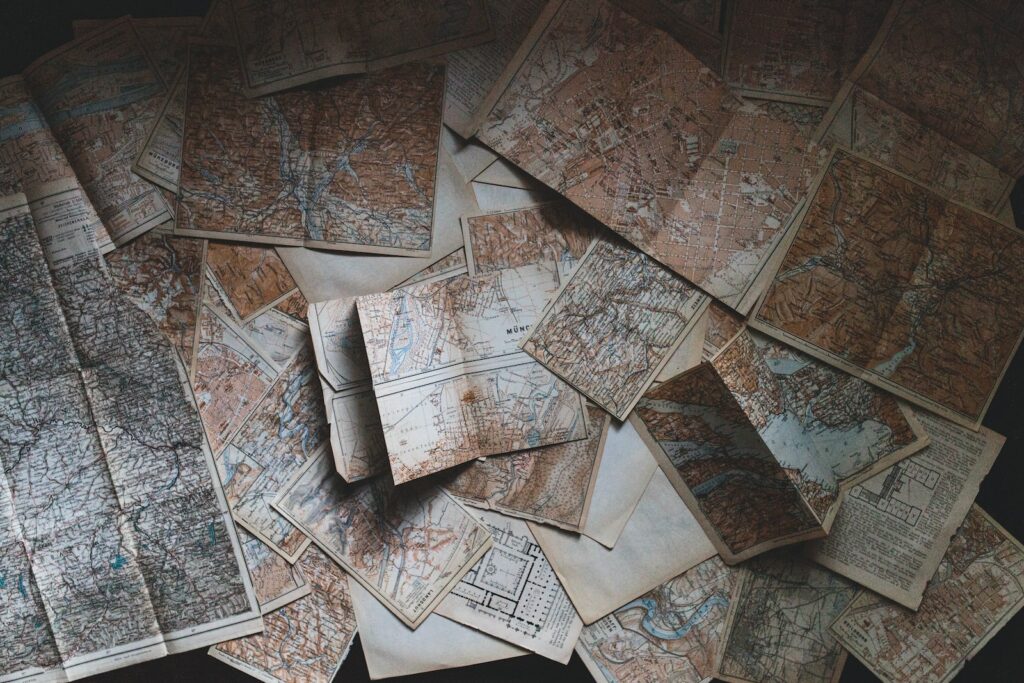
Mapping the past…
The name of Coleraine is said to be derived from Cúil Raithin (“nook of ferns”). By comparison, the first edition of Ordnance Survey maps show that Collairnie Castle in Fife is not so far removed from the Fernie burn and Fernie hill.
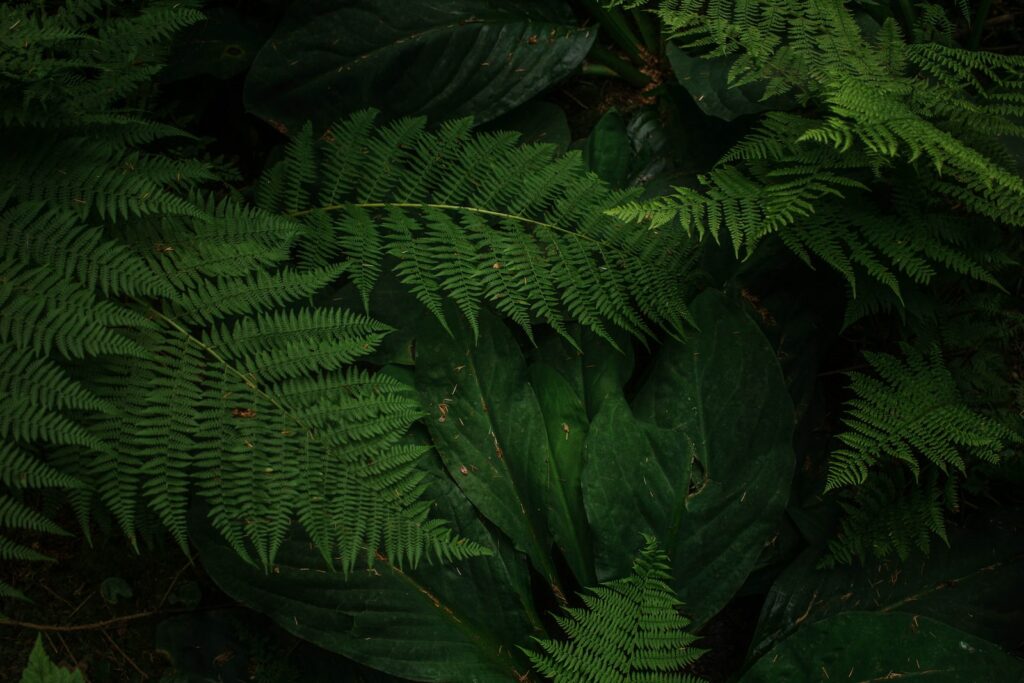
At first glance the name Fernie might suggest a link with ferns, but instead we should consider Alders from the Gaelic word Fearna. In contrast Roy’s military maps of the 18th century do appear to show the site of Colleraine as Killerny – a spelling not too far removed from that of Killarney. Whether Collairnie or Killarney, there is a third place that is worthy of mention when considering “back of the sloes” and that is Coolanarney (Cúil an Airne) – almost half way between Coleraine and Killarney.
Act two – scene two
Whether ferns, sloe or alders, going back in time to the 12th century, fact or fiction – some of the Barclays of Collairnie, or rather a different branch of the family – Berkeley of Towie are said to have lived in the castle of Cullen near Auldhaven in Banffshire. Perhaps no famous blue box in Cullen but an hours drive from the place that in later years would become known as the Blue Toon of Peterhead.
Act three

Next year the BBC has promised a Christmas special for Dr Who fans which I dare say will be far more entertaining than this blog post, but will they correct the spelling variations in place-names? [including my own, as I feel certain I have been misspelling Collairnie as Coleraine for much of this blog post].
Why surely that would be no fun at all. Talking of time, I suspect it’s time for me to go and climb back inside my own box or at least “shut the lid” on this for another time.
Wherever you are in time and space I wish you all the best amidst the enforced festive chaos.
